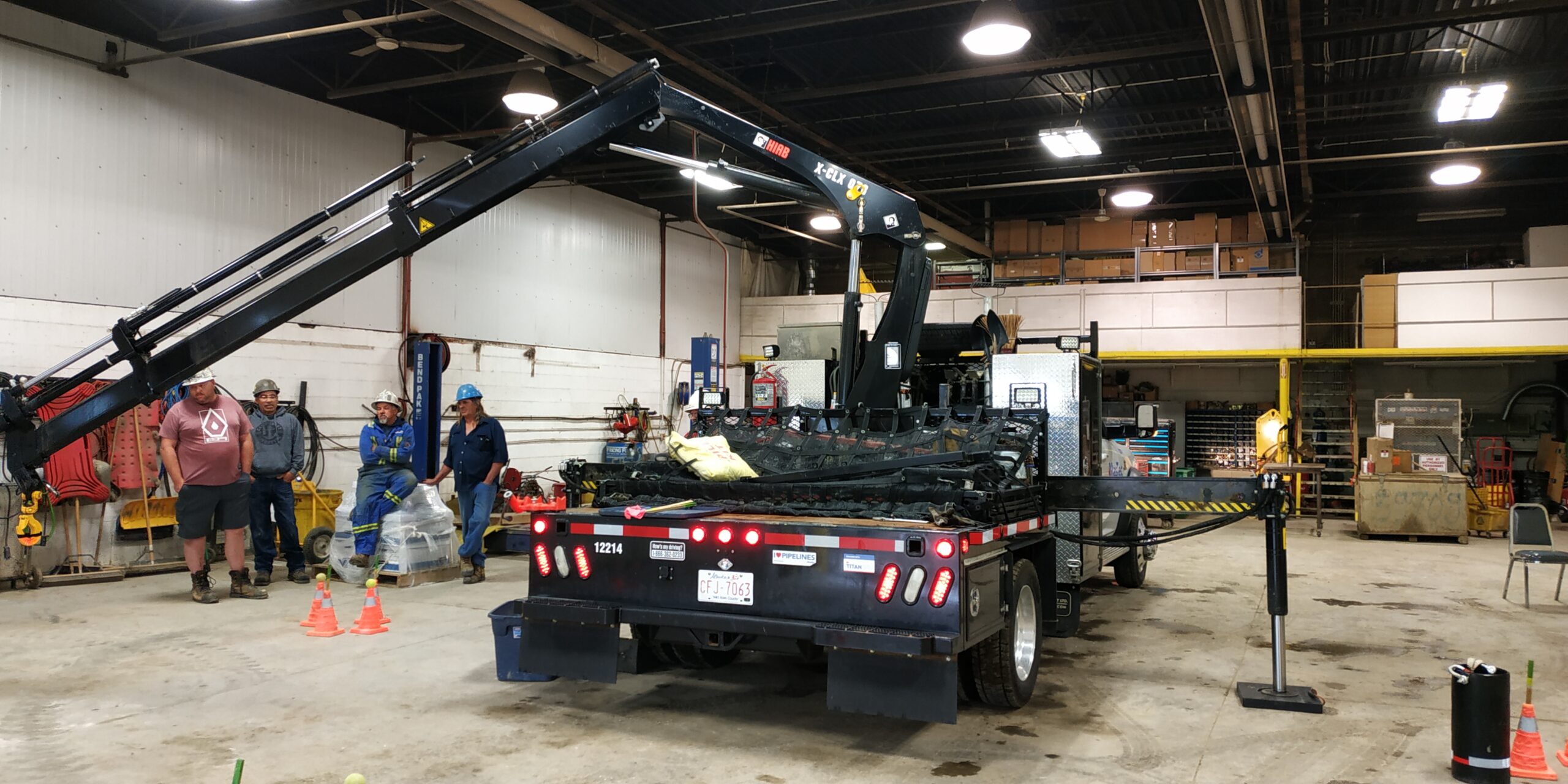So it seems easy to say according to the title of this post, But the action required and the ability to monitor everything that is going on with the operation of any gear near powerlines, well, it’s been proven that the human brain is only capable of focusing on one thing at a time. This animated video is a brief summary of what happens but we all get that when steel comes close to electricity (high voltage in particular), it is a great conductor of electricity, add the fog, rain, snow in the air and then arcing becomes more prevalent.
Knowing is half the battle to reducing Insurance Costs
Having the Right Training for your employees and staff is the key to reducing accidents, but did you know that there are also vital pieces of equipment that your staff can use to reduce occurrences from happening also. HIGH-VOLTAGE/POWER LINE WARNING SYSTEMS can Save Lives. They are used to prevent equipment from Contacting Overhead Power Lines. By using this WARNING SYSTEM, it is going to help to reduce occurrences from happening and, in turn, reduce your Insurance Premiums from increasing due to potential personal injury to your employees, damage to third parties property or injury to them as a result of the accident. TAKE THE STEPS NOW TO PREVENT AN ACCIDENT IN THE FUTURE! NOW THAT YOU KNOW! For more information
Electricity and Cranes – Guess Who Wins?
This is an older post, but needless to say, the same thing continues to happen needlessly. The system asks “why” or “how” but as usual, until someone dies, no one wants to talk about “how do we prevent this?” A 7.5 Kv powerline (service line) was contacted, it was a tight lift to begin with regardless but it may be an alternative piece of equipment may have been selected instead of this crane. The Effer crane had a jib on it, and looking at how it had to navigate those lines, as an operator, my choice (yes it’s also easy to say afterwards), that I would not have made this lift, but again, those choices are often ignored for the
Where’s The Line – Does This Really Work?
We’ve been HUGE advocates of line safety, we are a dealer for the SigAlarm High Voltage proximity alert systems not simply because we wanted a product line, but simply because more people need to stay away from over head power lines. I know that is the obvious statement, however it’s not that obvious. We see the messages, the advertisements of “where’s the line”, the meaning is good, the delivery…not so much so it seems. One recent training we did, one of the students brought up a very valid point, “we are bombarded with safety stuff all day, we become desensitised to the posters” even tho they have a very strong safety culture. Far too many people’s lives are forever altered
Power Line Strikes ~ Is it possible to avoid on the job site?
As much as this seems fairly straight forward, it’s not always possible. On many lease, construction and commercial sites involving large equipment, many times we see the identifying line to show “danger, overhead power lines” marked well in advance (usually when equipment crosses underneath it’s at a minimum of 3m away), for clearance purposes. When I train with companies, I always ask, what is the travel height of the vehicle you are driving (doesn’t have to be the crane truck), and most drivers have no idea. Why not take the time to put it on the dash? Sadly, in this photo to the left, the operator did not survive, and yes I get that people say “He/She should have never
High Voltage Proximity Alarm System – Western Canada
We are proud to announce we are the exclusive dealer for Sigalarms in Western Canada (excluding B.C). Video is the property of Sigalarm There are no rules sadly when it comes to working around high voltage power. There are however company policies and “warnings” that come via training and awareness. At the Crane Safety Group, we believe that training should be mandatory for all operators not only those working near transmission lines but residential as well. The Sigalarm system works by placing the receiver antenna on the highest point on the unit, then rotating the boom towards the high voltage lines and when you have set the distance on the in-cab unit, you are now able to work and once
